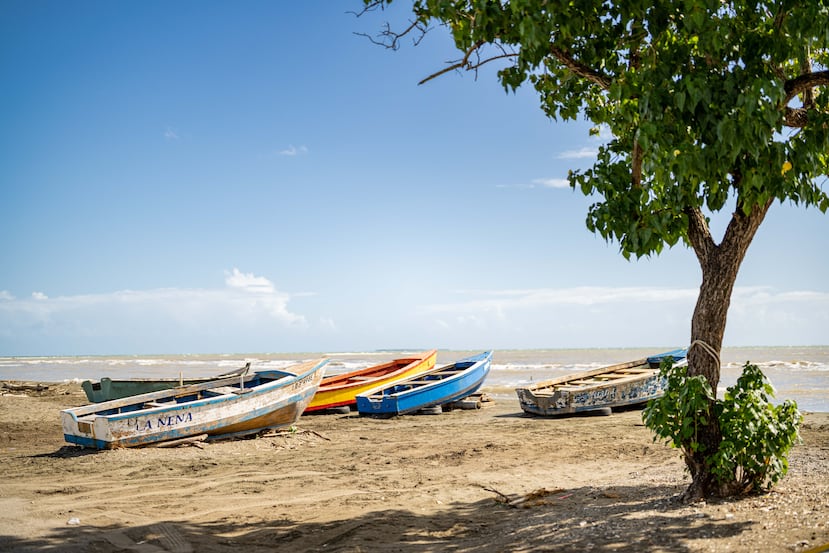
We are part of The Trust Project
Get to Know Juana Díaz’ Breathtaking Tourism
Somos Puerto Rico went to the “Ciudad del maví” to share some of its most emblematic places
Archival note
This content was published more than 1 year ago.
April 11, 2024 - 11:00 PM


Lee la historia en español aquí.
Las noticias explicadas de forma sencilla y directa para entender lo más importante del día.

Te invitamos a descargar cualquiera de estos navegadores para ver nuestras noticias:
